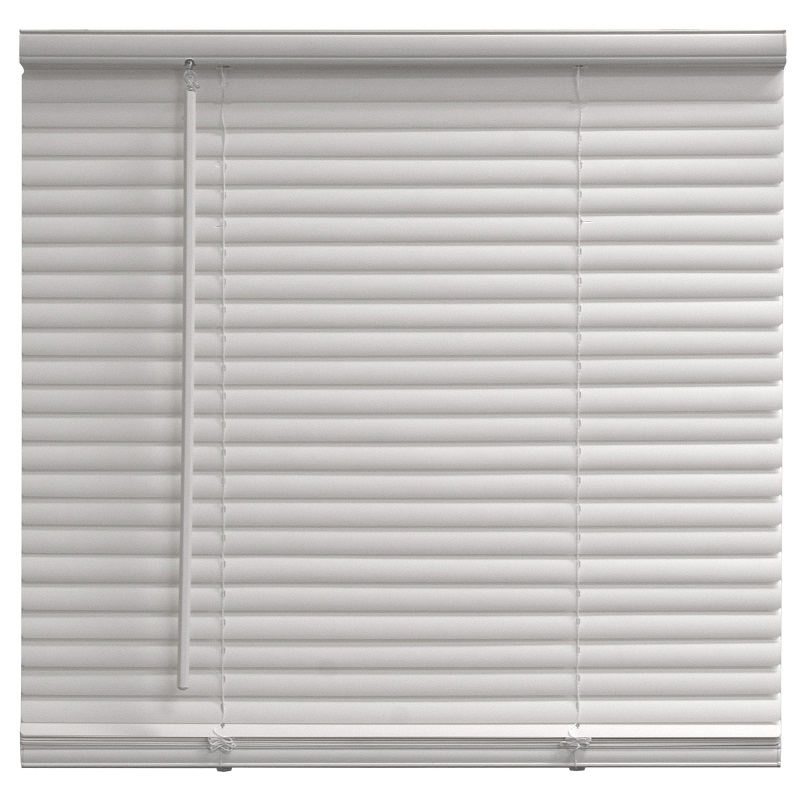Blinds can be a stylish and practical choice for window coverings, but they also tend to collect dust, dirt, and grime over time. Regular cleaning helps maintain their appearance and ensures they function properly. This comprehensive guide provides practical and efficient methods for cleaning different types of blinds, ensuring a sparkling finish with minimal effort.
Understanding Your Blinds: Types and Cleaning Requirements
Different Types of Blinds
Blinds come in various styles, each requiring specific cleaning techniques. Common types include vertical blinds, horizontal blinds, Venetian blinds, mini blinds, and fabric blinds. Vertical and horizontal blinds are often made of materials like plastic, metal, or wood, while fabric blinds can be more delicate and require special care. Understanding the material and construction of your blinds is essential for choosing the appropriate cleaning method.
Material-Specific Care
Plastic and metal blinds are generally more durable and can withstand a range of cleaning solutions. However, wooden blinds need a more gentle approach to avoid damage. Fabric blinds, such as those made from polyester or cotton, may require dry cleaning or specialized fabric cleaners to prevent water damage. Always check the manufacturer’s cleaning instructions to ensure you use the correct method for your blinds’ material.

Basic Dusting Methods for Blinds
Using a Microfiber Cloth
A microfiber cloth is one of the simplest tools for dusting blinds. It effectively traps dust and allergens without leaving behind lint or residue. To clean, gently wipe each slat or vane, starting from the top and working your way down. This method is effective for regular maintenance and can help prevent dust buildup.
Employing a Blinds Duster
A blinds duster is a specialized tool designed to clean between the slats or vanes of blinds. These dusters often have a flexible, padded head that conforms to the shape of the blinds, allowing for easy dusting. Simply slide the duster between each slat, ensuring you cover both sides. This tool is particularly useful for reaching high or hard-to-access areas.
Advanced Cleaning Techniques for Blinds
Vacuuming Blinds
Vacuuming is an excellent method for removing dust and debris from blinds. Use a vacuum cleaner with a brush attachment to gently clean the surface of the blinds. Ensure the brush is set to a low suction level to avoid damaging the blinds. Vacuum both sides of each slat or vane for a thorough clean. This technique is effective for both fabric and hard-surfaced blinds.
Washing Fabric Blinds
Fabric blinds require more care compared to other types. First, check if the blinds are removable and machine washable. If so, follow the manufacturer’s instructions regarding temperature and detergent. For non-removable fabric blinds, use a fabric cleaner or upholstery spray. Gently scrub with a soft brush or cloth, focusing on stained areas. Be cautious not to oversaturate the fabric, as excess moisture can cause damage.
Deep Cleaning Solutions for Stubborn Stains
Using a Mild Soap Solution
For stubborn stains or grime, a mild soap solution can be effective. Mix a few drops of dish soap with warm water and dip a soft cloth or sponge into the solution. Gently scrub the stained areas, avoiding excessive moisture. Rinse the cloth frequently to avoid spreading dirt. After cleaning, wipe the blinds with a damp cloth to remove any soap residue.
Applying Commercial Cleaners
Commercial cleaners are designed for specific types of blinds and can be very effective. Choose a cleaner suitable for your blinds’ material—metal, plastic, or wood. Apply the cleaner according to the manufacturer’s instructions, usually involving spraying the product and wiping it off with a clean cloth. Always test the cleaner on a small, inconspicuous area first to ensure it does not cause damage or discoloration.
Maintenance Tips to Keep Blinds Looking New
Regular Dusting Schedule
Establishing a regular dusting schedule is crucial for maintaining the appearance of your blinds. Aim to dust your blinds at least once a week to prevent the accumulation of dust and dirt. Regular dusting not only keeps the blinds looking clean but also reduces the need for more intensive cleaning.
Immediate Stain Treatment
Addressing stains as soon as they occur can prevent them from becoming more difficult to remove. If you notice a spill or stain, treat it immediately with the appropriate cleaning method for your blinds’ material. Blot the area with a clean cloth to absorb excess liquid and follow up with a gentle cleaning solution.

Cleaning Blinds in Hard-to-Reach Places
Using a Step Ladder Safely
For blinds located high up, using a step ladder may be necessary. Ensure the ladder is stable and positioned securely before climbing. Use a duster or microfiber cloth to clean the blinds while on the ladder, taking care to avoid accidents. Always prioritize safety and consider having someone assist you if needed.
Employing Extendable Cleaning Tools
Extendable cleaning tools are valuable for reaching high or awkwardly positioned blinds. These tools often come with adjustable handles and flexible heads that make it easier to clean blinds without the need for a ladder. Choose a tool that is compatible with the type of blinds you have and use it to dust or wipe the blinds from a distance.
Professional Cleaning Services for Blinds
When to Consider Professional Help
Sometimes, blinds may become too dirty or damaged for DIY cleaning methods. In such cases, professional cleaning services can offer a more thorough and specialized approach. Consider professional help for heavily soiled or delicate blinds, or if you lack the time or equipment to perform a deep clean yourself.
Finding a Reliable Service
When choosing a professional cleaning service, look for companies with experience in cleaning blinds and positive customer reviews. Ensure they use appropriate techniques and products for your blinds’ material. Request a quote and inquire about their cleaning process to make an informed decision.
Eco-Friendly Cleaning Alternatives
Using Homemade Cleaning Solutions
If you prefer to avoid commercial cleaners, homemade cleaning solutions can be an effective and environmentally friendly alternative. For a natural cleaner, mix equal parts water and white vinegar in a spray bottle. Vinegar is a natural disinfectant and deodorizer. Apply the solution to a microfiber cloth and gently wipe the blinds. This method works well for plastic and metal blinds and is a great option for those concerned about chemical exposure.
Baking Soda for Stubborn Odors
Baking soda is another eco-friendly option for tackling stubborn odors or grime on blinds. Sprinkle a small amount of baking soda onto a damp cloth or sponge and gently scrub the blinds. Baking soda’s mild abrasiveness helps lift dirt without damaging the surface. After cleaning, wipe the blinds with a clean, damp cloth to remove any residue.
Seasonal Blind Maintenance
Spring Cleaning: A Thorough Refresh
Spring is the perfect time to perform a thorough cleaning of your blinds. As part of your spring cleaning routine, remove the blinds from their fixtures if possible and give them a deep clean. Wash fabric blinds according to manufacturer instructions and use a mild soap solution for other materials. This seasonal refresh helps remove accumulated dust and prepares your blinds for the warmer months.
Winter Care: Preventing Damage from Moisture
In winter, blinds can be exposed to increased moisture due to condensation or humidity. To prevent damage, ensure that blinds are kept dry and clean. Use a dehumidifier if necessary to control moisture levels in your home. Regularly check and clean any condensation or water spots on blinds to avoid mold or mildew growth. A quick wipe-down with a dry microfiber cloth can help keep blinds in good condition during the winter months.

Conclusion
Cleaning blinds doesn’t have to be a daunting task. By using the right techniques and tools, you can maintain their appearance and functionality with ease. Regular dusting, appropriate cleaning methods for different materials, and prompt stain treatment are key to achieving a sparkling finish. For particularly challenging tasks or high-maintenance blinds, professional services can provide an added level of care. Implement these quick and easy cleaning tips to keep your blinds looking fresh and new for years to come.








